mail orders should not be planted in ground? why?
njmomma
14 years ago
Related Stories
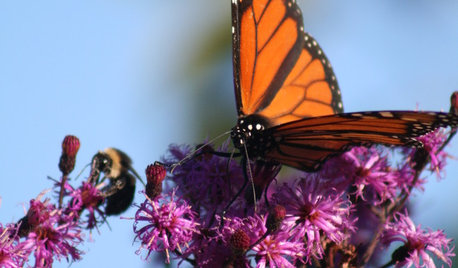
GARDENING GUIDESGreat Design Plant: Ironweed Fills Tall Garden Orders
Height, a slender form and a taste for wet soil make this native perfect for rain garden borders — and beneficial insects love it
Full Story
GROUND COVERSNative Alternatives to English Ivy, Japanese Pachysandra and Periwinkle
These shade-loving ground covers are good for the environment and say something about where you are
Full Story
GROUND COVERSGround Force: 10 Top Ground Covers for Your Garden
Protect your soil from weeds and drought this summer with a living mulch of ground covers
Full Story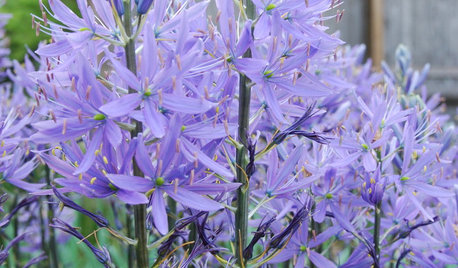
BULBSGreat Design Plant: Wild Hyacinth for a Bolt of Blue
Get knockout spring blooms on spiky stems by planting these bulbs before the ground freezes
Full Story
HOUZZ TOURSMy Houzz: Home Full of Boys Achieves Order and Inspiration
A 3-month overhaul produces an organized and inviting space fit for this Florida family of 9
Full Story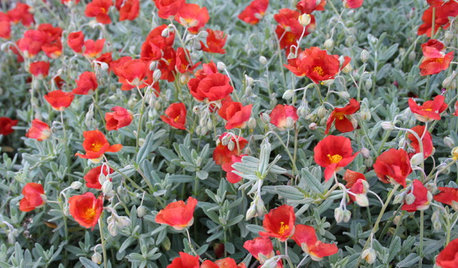
GARDENING GUIDESGreat Design Plant: Sunrose Dazzles on Dry Slopes
Abundant blooms and attractive foliage make this plant a welcome sight in sunny, well-drained spots
Full Story
DECORATING GUIDESNo Neutral Ground? Why the Color Camps Are So Opinionated
Can't we all just get along when it comes to color versus neutrals?
Full Story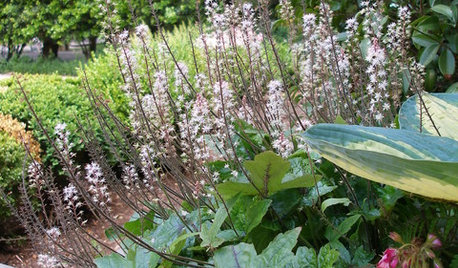
GARDENING GUIDESGreat Design Plant: Foamflower Cushions Shady Garden Areas
Try evergreen ground cover Tiarella cordifolia for a soft look all year — one the rabbits and deer won’t mess with
Full Story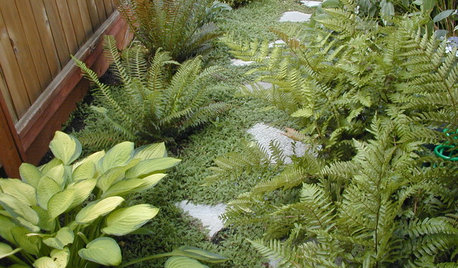
LANDSCAPE DESIGN6 Great Ways With Garden Ground Covers
Use them as problem solvers, weed killers, color and texture providers ... ground cover plants have both practical and visual appeal
Full Story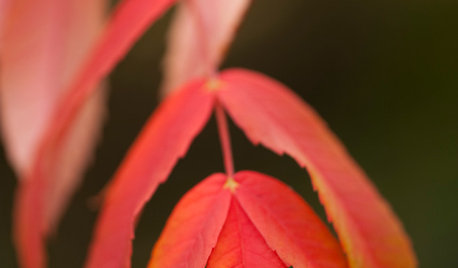
GARDENING GUIDESGreat Design Plant: Rhus Glabra
Smooth sumac provides powerful jolts of fall color and persistent fruit clusters that add interest through the winter
Full StoryMore Discussions






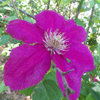
FrozeBudd_z3/4
buyorsell888
Related Professionals
Jennings Landscape Architects & Landscape Designers · Norton Shores Landscape Architects & Landscape Designers · Waunakee Landscape Architects & Landscape Designers · Forest City Landscape Architects & Landscape Designers · Cliffside Park Landscape Contractors · Columbine Landscape Contractors · Coram Landscape Contractors · Costa Mesa Landscape Contractors · La Mirada Landscape Contractors · Waterford Landscape Contractors · Watertown Landscape Contractors · Wickliffe Landscape Contractors · Quartz Hill Landscape Contractors · Vadnais Heights Landscape Contractors · North Hills Landscape ContractorsNHBabs z4b-5a NH
kentstar
unprofessional
flowergirl70ks
gardengal48 (PNW Z8/9)
njmommaOriginal Author
jeanne_texas
buyorsell888
gardengal48 (PNW Z8/9)
njmommaOriginal Author
alina_1
buyorsell888
alina_1
buyorsell888
eastautumn
dannypa
swontgirl_z5a
buyorsell888
alina_1
kentstar
buyorsell888
janni_dk
robiniaquest
njmommaOriginal Author
janetpetiole
NHBabs z4b-5a NH
unprofessional
billums_ms_7b